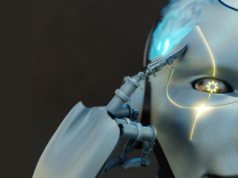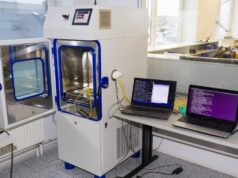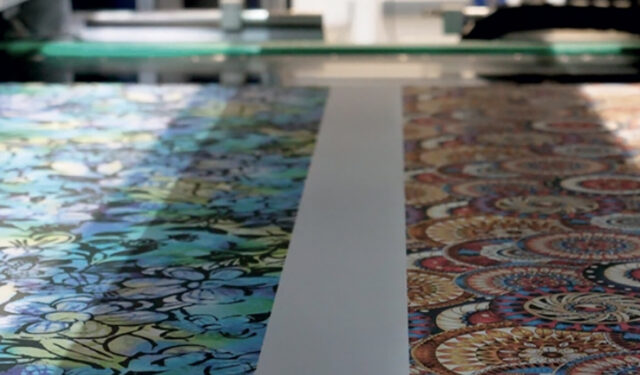
In today’s fast-paced world, technological advancements have revolutionized various industries, and the textile industry is no exception. Digital printing is one such technology that has revolutionized the textile industry and transformed how fabrics are designed and manufactured. The innovative method involves using digital technology to transfer designs directly onto textiles, eliminating the need for traditional techniques.
The Working

The process of digital printing is simple. It starts with a digital file containing the desired design, which is then transferred onto the fabric using inkjet or laser technology. Many big and small enterprises offer digital textile printing services. The steps involved in printing fabrics through digital technology are explained below:
Digital Design Preparation
The first step in digital printing is creating the digital design. Designers can use various software and tools to create beautiful patterns and designs. These designs are then converted into a format compatible with the digital printing machine. This may involve adjusting colors, resolution, and size.
Fabric Selection And Readiness
The fabric is selected and readied with a specialized coating or primer. This treatment enhances the fabric’s ability to absorb and hold the ink, resulting in better color vibrancy and durability of the print.
Applying Ink Onto The Fabric
The machine uses inkjet or laser technology to apply ink onto the fabric. The machine precisely sprays or deposits tiny ink droplets onto the fabric, as per the digital design. These droplets create the design and must be dried for the ink to stay. For this heat press, steam or chemical treatment may be done.
Quality Check
Quality control measures ensure accurate color reproduction, sharpness of details, and overall print quality. This is accomplished by visual inspections, color matching with reference standards, and sample testing.
Final Processing
Once the printing is done, the fabric is ready for further processing or garment manufacturing, depending on its intended use. It can be cut, sewn, and assembled into clothing, home textiles, curtains, carpets or other textile products.
Advantages Over Traditional Methods
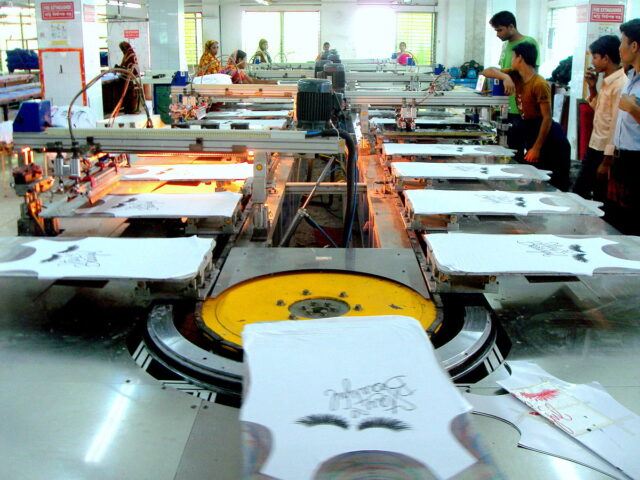
Time-saving
Conventional printing methods involve time-consuming processes, whereas digital textile printing enables the creation of intricate and vibrant designs in less time. It is also known as direct-to-fabric printing, as it can print directly from the software. This leads to reduced production time.
Furthermore, it allows for using multiple colors in a single print run, eliminating the need for a separate printing cycle for each color. This saves time and money.
Cheaper
The setup required for digital printing is simple. The technology prints designs loaded in the software directly; hence, expensive printing plates and screens are unnecessary.
Suitable For Customization And Fast Fashion
Digital designing has opened unlimited avenues for designers and fashion enthusiasts. They can easily create designs and customize them as per customer requirements. As a customer, you can get a customized design like your name, photograph, favorite cartoon character, favorite song, or whatever you want. Also, you can choose what kind of fabric you want your designs to be printed on. Further, you can tell that the design is for carpets, bedsheets, drapes or towels.
Digital textile printing also suits the market’s demand, which is governed by fast fashion nowadays. Fast fashion means that fashion trends now change quickly, and instead of lasting for a season, they may last only a month or so.
Intricate Designing Is Possible
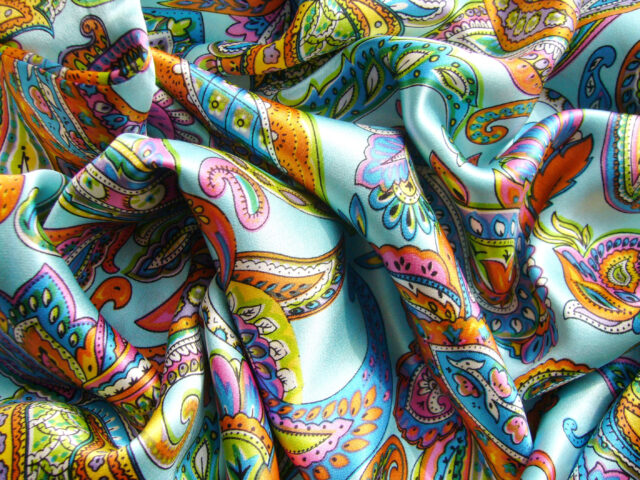
One of the key advantages of digital textile printing is its ability to reproduce complex designs with exceptional precision and detail. Traditional printing techniques cannot accurately capture intricate patterns or gradients. This can lead to compromised quality. Earlier, once the printing plates or screens were created, only minimal design modifications were possible. This limitation discouraged quick adaptations to changing fashion trends or personalized customer preferences.
However, digital printing excels in replicating intricate designs, ensuring that every detail is accurately represented on the fabric. This level of precision helps create fine weaves and intricate designs.
Color Options
Furthermore, digital textile printing offers unparalleled flexibility in terms of color options. With the ability to mix and match colors digitally, designers can experiment with unlimited color combinations, gradients, and shading effects. They have greater control over color consistency and accuracy. This helps them enhance the aesthetic appeal of fabrics.
Eco-Friendly
Traditional techniques have been known to involve wasteful processes and excessive use of resources. For example, water is used to rinse screens and remove excess ink, resulting in water wastage. Similarly, solvents or fixing agents are used for ink preparation, plate cleaning, or fabric treatment.
Digital printing uses limited water and energy. Chemical usage is also reduced. For example, the precise application of ink through digital technology reduces ink wastage.
On-demand Production
Digital printing enables on-demand production. So the need for excessive stock inventory is reduced. As the demand arises, production is done. This eco-friendly approach aligns with the idea of sustainability and responsible manufacturing.
Scope For Individuals And Small Businesses
The traditional textile industry demands significant investment in machinery and infrastructure. So, people and businesses with large amounts of money owned and regulated textile factories. However, digital printing has lowered the monetary entry barriers, allowing individuals and small businesses to enter the market with minimal upfront costs. This has led to more creativity, innovation, and entrepreneurship in the textile sector. Aspiring designers and manufacturers can now easily produce and sell their own custom-designed textiles. So, the accessibility of digital printing technology has paved the way for many young and creative brains to join this industry.
Conclusion
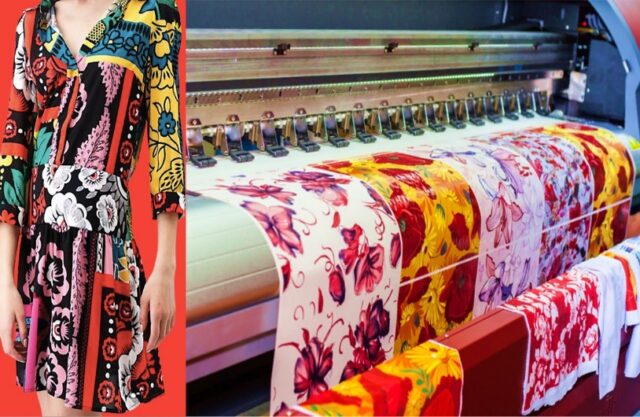
Digital textile printing has undoubtedly revolutionized the textile industry, transforming it into a more sustainable and creative sector. Its ability to reproduce intricate designs has become an indispensable tool for textile designers and manufacturers. It offers unlimited color options and reduces environmental impact. It has empowered individuals and small businesses, allowing them to compete in a market once dominated by larger players.
As technology advances, the possibilities for digital textile printing are limitless. It is poised for continued growth and innovation in the years to come.


